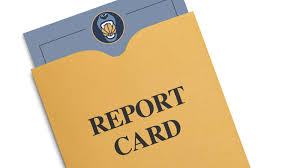Now that your child has reached the middle phase of their education, they will be supported by their school to move from primary to secondary education.
It is critical for you to continue to play an active role in helping to develop your child’s literacy so they can achieve the best possible outcomes.
Your vital role as a parent or carer
You might not realise it, but you are already contributing to the development of your child’s literacy skills through regular activities such as discussing the meaning of new words and phrases, the main ideas in books or events in a newspaper story.
Improving your child’s understanding and use of these skills will help to increase their enthusiasm to actively participate in the classroom and build on the foundation of literacy they have already gained in earlier years. Ensuring that your child feels confident talking to you and their teacher about school work will enhance their opportunity to thrive in the 21st century.
What literacy skills will your child learn at school?
During Years 4 to 9, young people begin to investigate the world beyond home and school and are required to become more independent learners. Students learn to write for particular audiences and purposes such as describing, explaining, instructing, arguing and narrating. They read and comprehend different types of texts and visuals. This involves identifying the purpose, audience, main ideas and order of events in a text, as well as making connections between ideas and information in different paragraphs and drawing conclusions.
Activities to do with your child
Here are some simple yet effective activities you can do with your child to help them apply the literacy skills they learn at school:
- read some of the same books as your child and talk about characters, storylines and themes
- when assembling a newly purchased item, ask your child to assist with the reading of the instructions and interpreting diagrams
- read the newspaper with your child each morning — choose an article to discuss and ask questions such as ‘what is the report telling you?’ and ‘what does this word mean?’
- use language that encourages thinking and reflection such as ‘do you agree with what was written in that newspaper article or story?’ — have your child locate sources within the story or text to support their point of view

 RSS Feed
RSS Feed